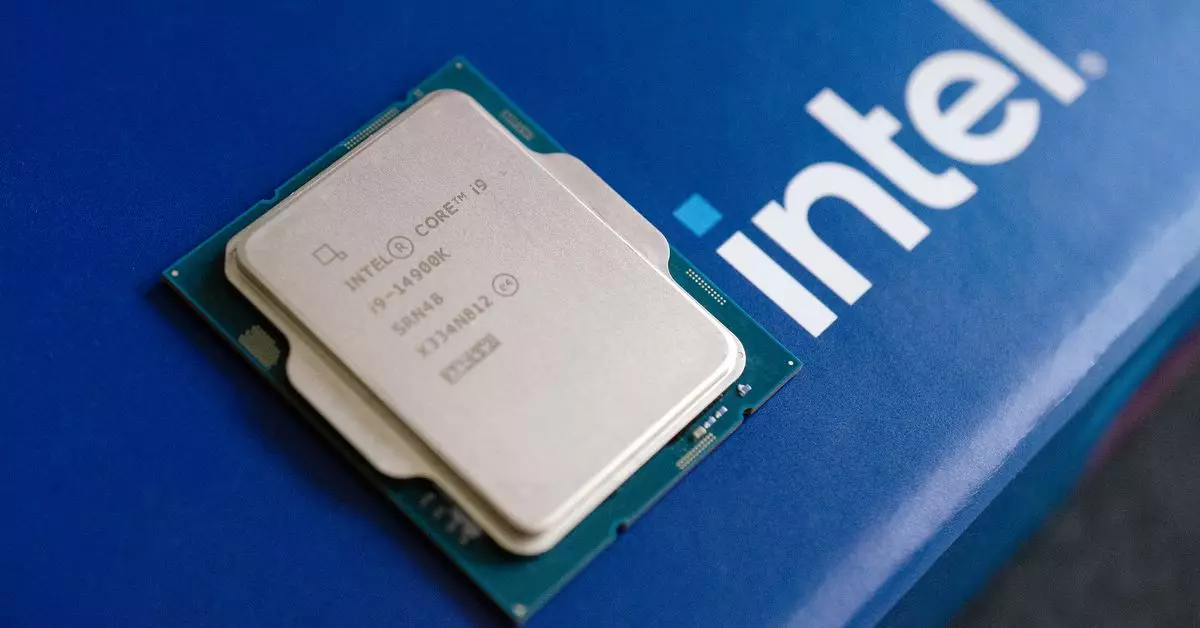In a vital move to address ongoing complications surrounding its Raptor Lake processors, Intel has unveiled a new microcode update aimed at averting serious damage to desktop PCs. The announcement has generated notable urgency among tech enthusiasts and casual users alike, particularly as it touches upon the risk of processors becoming incapacitated due to excessive power requirements. Intel’s 13th and 14th Gen chips have been under significant scrutiny, and with reports indicating potential stability issues, this latest update—numbered 0x12B—aims to mitigate risks specifically linked to power consumption during idle and low-activity periods.
Despite the proactive measure of rolling out microcode updates, one cannot ignore the lingering concerns regarding chips that have already succumbed to failure. The company’s current approach offers limited solutions for users grappling with malfunctioning hardware. Intel’s failure to directly address how many units are affected or to disclose specific batches raises questions about transparency and accountability. As a brand known for innovation, Intel’s reticence in sharing vital information not only frustrates customers but can potentially exacerbate trust issues in a market driven by reliability.
Moreover, the suggestion that users should pursue replacements through their PC manufacturers may seem reasonable, but it casts a shadow over customer support practices. It would be more beneficial if Intel took a more direct approach in managing warranties and service decisions, especially for customers whose equipment has already started crashing.
The Intel situation serves as a cautionary tale for hardware manufacturers navigating the complexities of modern chip designs. The revelations about potential hardware failures due to power management highlight the critical need for manufacturers to prioritize reliability and consumer safety during the design and testing phases. It raises essential questions about how rigorous Intel’s internal validation processes are, and whether similar issues might arise in future generations of chips.
Simultaneously, the previously issued BIOS updates, although helpful, seem reactive rather than preventative. This raises concerns about the overarching lifecycle of products sold and whether consumers are being adequately protected from inherent design flaws. Going forward, companies must ensure that their products not only perform optimally but do so without posing risks to the hardware longevity and, by extension, to the user experience.
Looking Ahead: A Call for Transparency
As the tech community watches closely, it’s clear that Intel must rise to the occasion and engage in open dialogue about the situation. Competitors are watching, and the pressure to maintain a reputable brand image compels Intel to be candid about the extent of the issues and the steps being taken to rectify them. The future trajectory of Raptor Lake processors—and indeed, Intel’s legacy—relies not just on delivering updates, but also on the company’s commitment to honesty and proactive support for its users. Until those standards are met, the confidence of both current and prospective customers hangs in the balance.


Leave a Reply